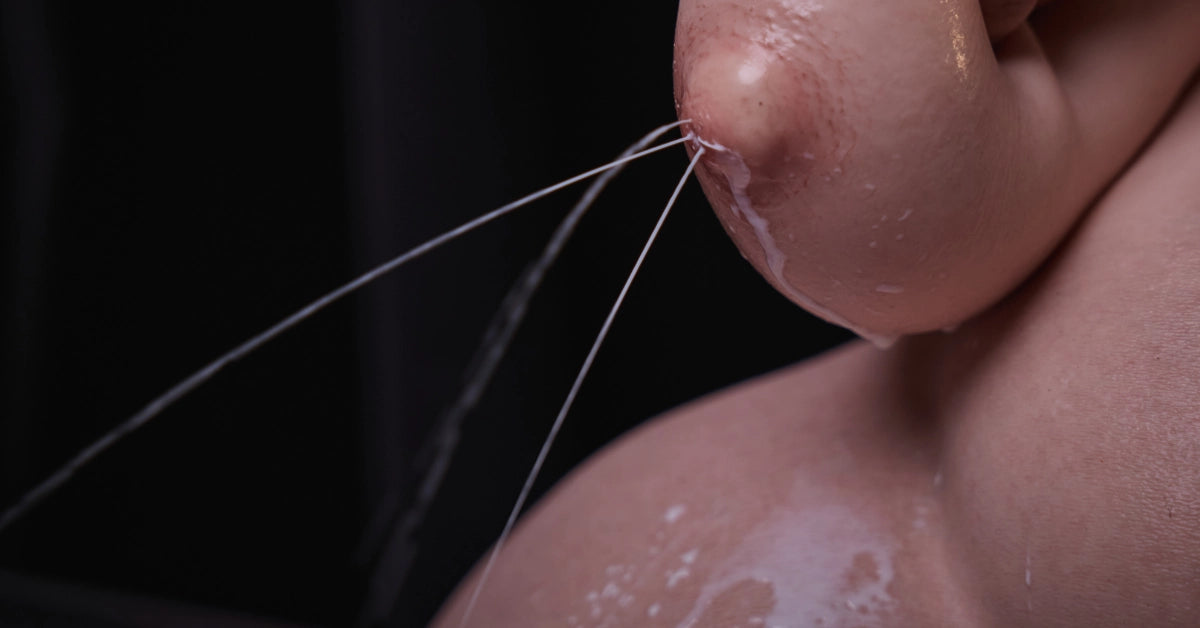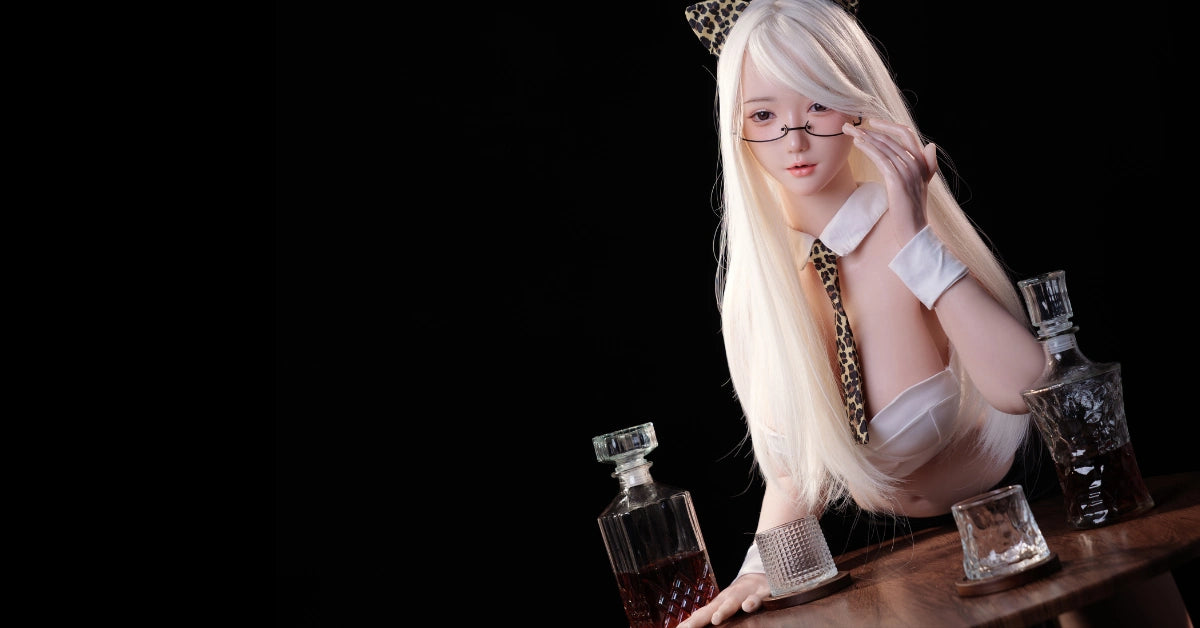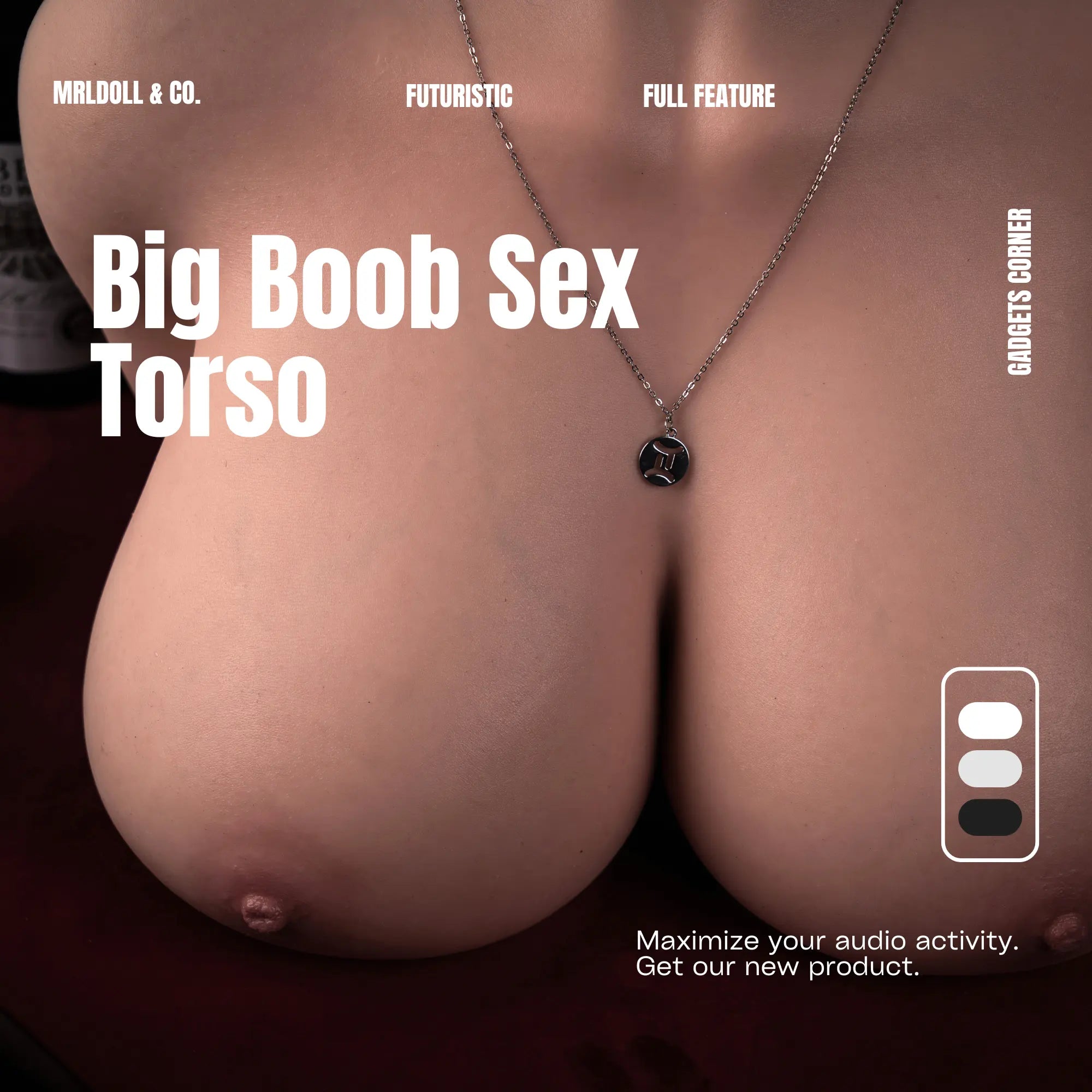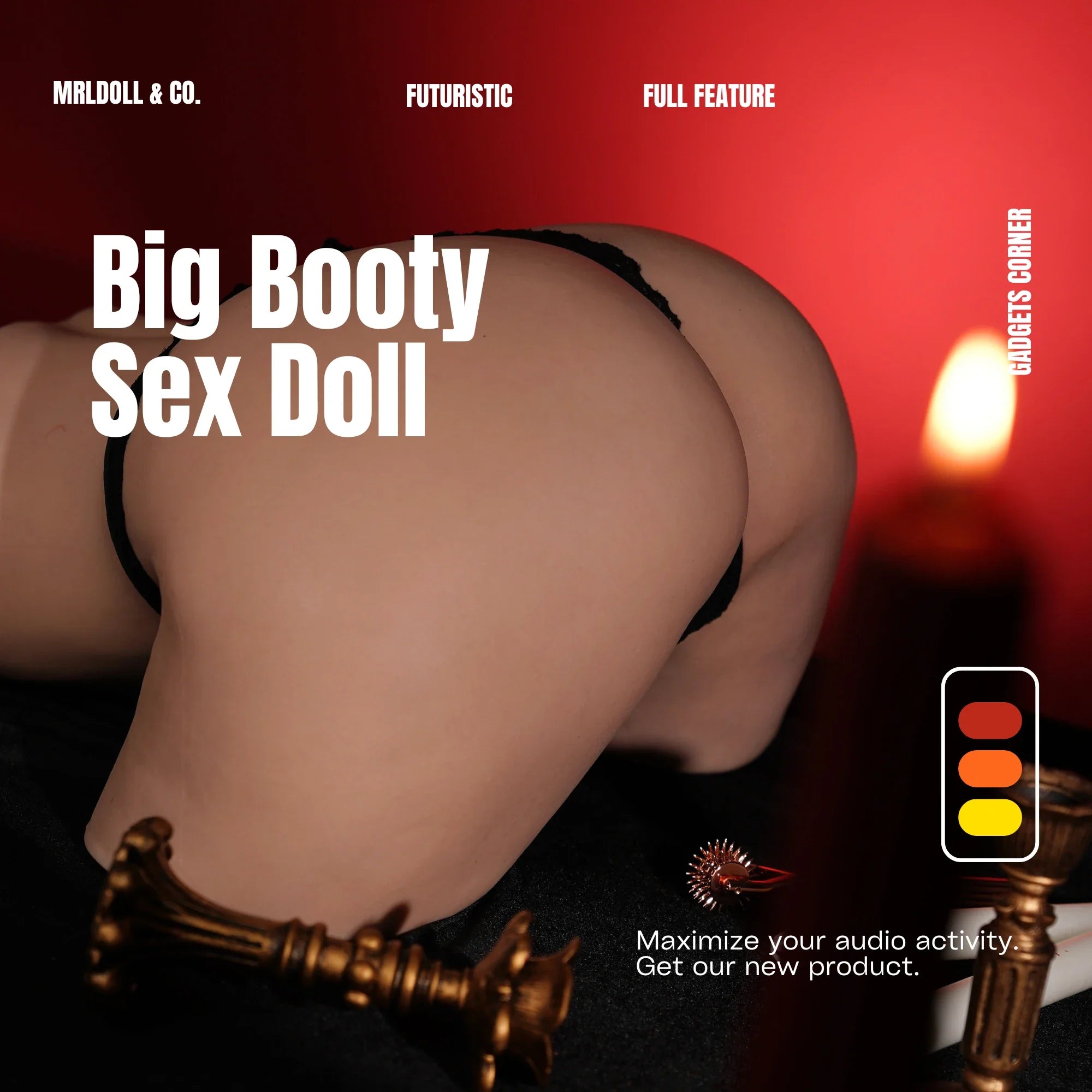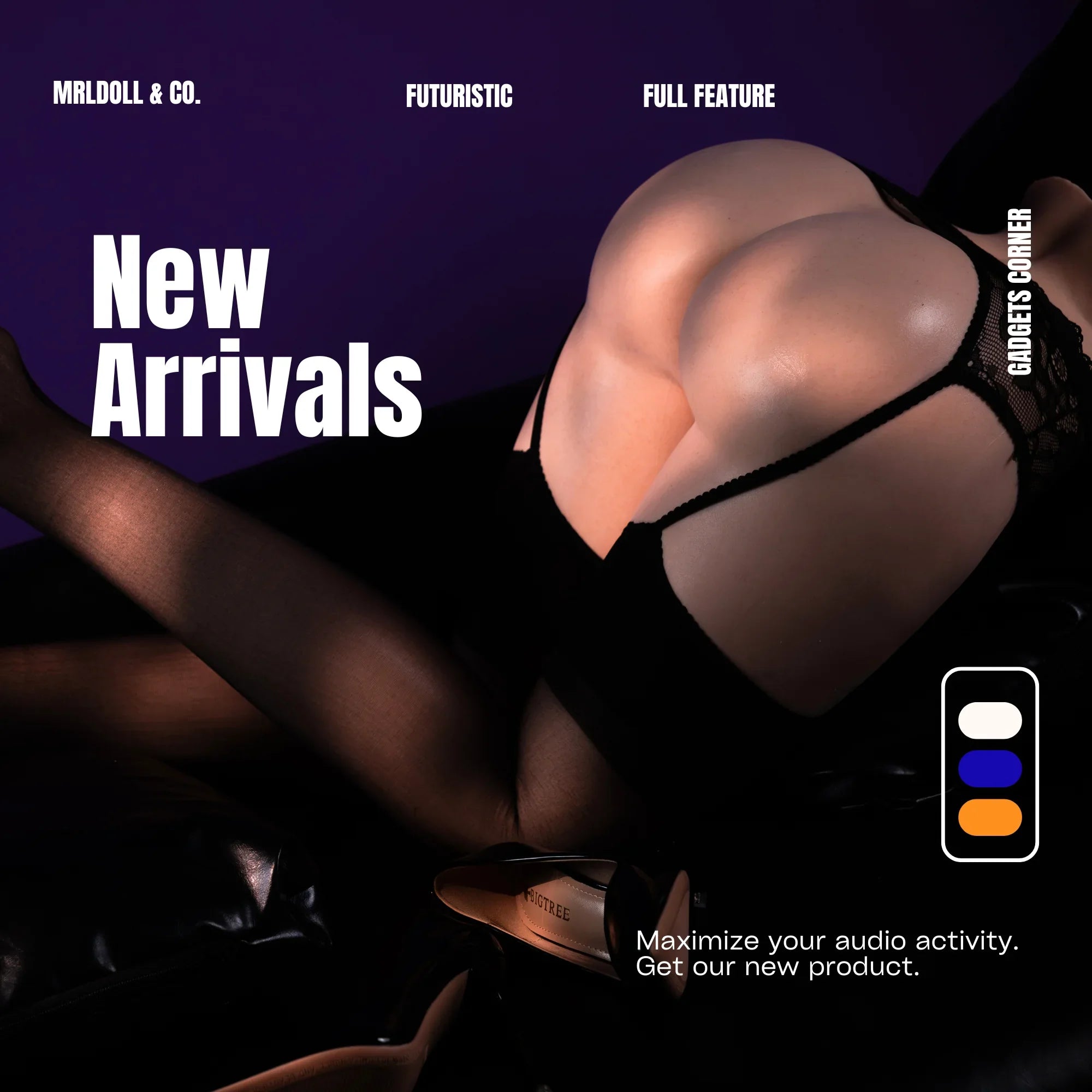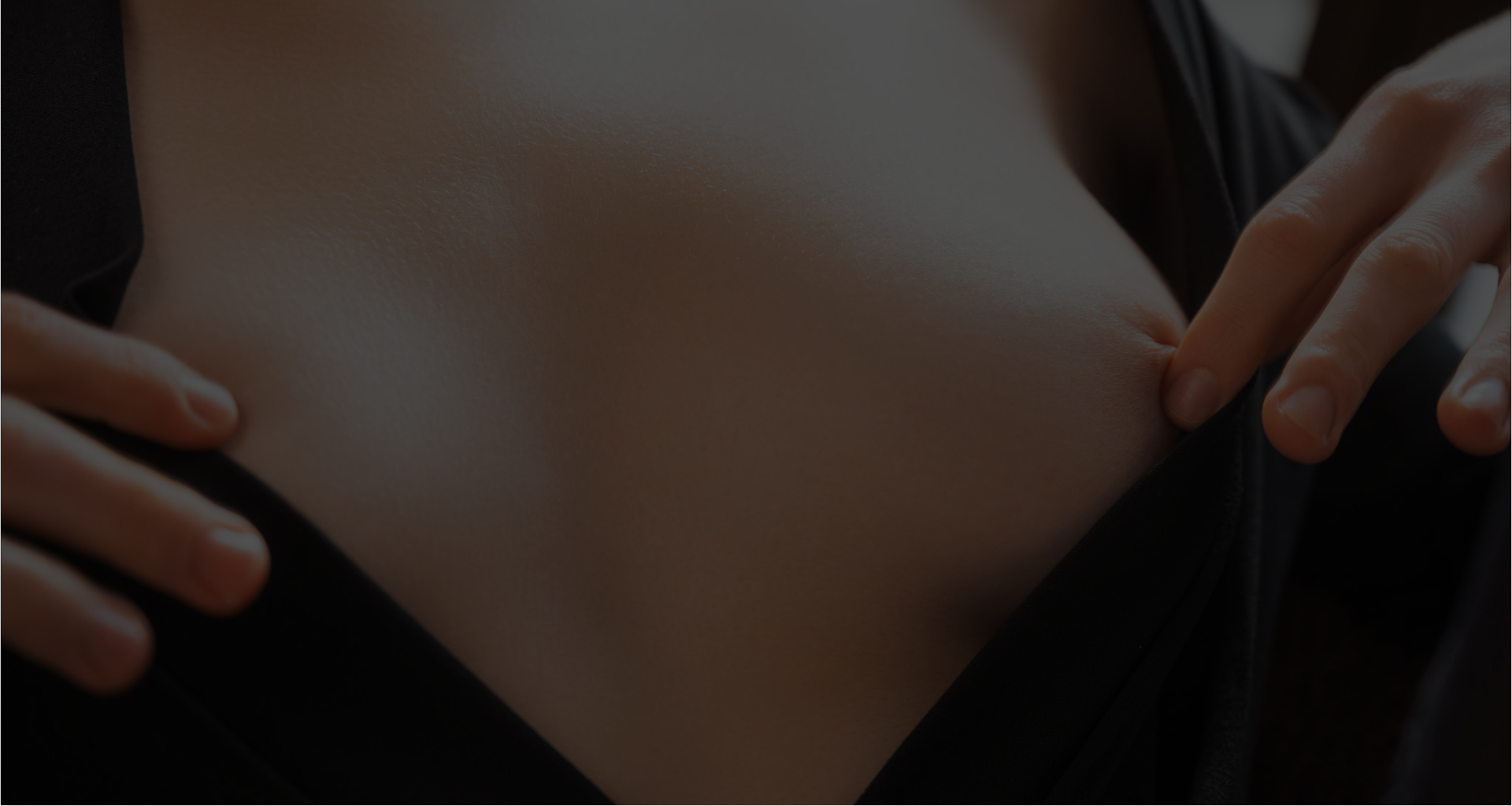The Ultimate Guide to Bra Cup Sizes: History, Differences, and Finding Your Perfect Fit
Introduction Bra cup sizes can feel like a mystery, especially with so many sizing systems around the globe. Whether you're shopping for a new bra or just curious about how these sizes came to be, this guide has you covered. We’ll dive into the history of bra cup sizes, break down the differences from A-CUP to G-CUP, and share practical tips to find your perfect fit. Written with a real, down-to-earth vibe for American readers, this post is all about clarity, usefulness, and a fresh take on a topic that impacts daily comfort. Plus, we’ll touch on how body diversity is celebrated in unexpected places—like with mrldoll’s realistic torso sex dolls and big boob sex dolls.
Table of Contents
1. The History of Bra Cup Sizes
1.1 The Introduction of A to D Cups
1.2 The Expansion to E, F, and G Cups
2. Understanding Bra Cup Sizes: From A to G
2.1 What Does Each Cup Size Mean?
2.2 The Importance of Band Size
3. International Bra Sizing Differences
4. Finding Your Perfect Bra Size
4.1 How to Measure Your Bra Size at Home
4.2 Tips for Finding the Right Fit
5. FAQs About Bra Cup Sizes
6. Conclusion
7. Summary
The History of Bra Cup Sizes
The Introduction of A to D Cups
The story of bra cup sizes kicks off in the 1930s, thanks to the Warner Brothers Corset Company. Before then, bras were more like one-size-fits-all contraptions—think stiff corsets or flimsy bandeau tops. Warner changed the game by introducing a lettering system: A-CUP for the smallest, then B-CUP, C-CUP, and D-CUP for the largest at the time. This wasn’t just about sizing; it was about recognizing that women’s bodies weren’t all the same. The idea caught on fast, giving women a way to shop for bras that actually fit their unique shapes.
The Expansion to E, F, and G Cups
Fast forward to the 1940s and beyond—fashion was shifting, and so were body ideals. The original A-CUP to D-CUP range couldn’t keep up with demand for bigger sizes. Enter E-CUP, F-CUP, and G-CUP, added to reflect a broader spectrum of bust sizes. This wasn’t just a practical move; it mirrored a cultural shift toward embracing more diverse figures. Today, these sizes are staples, though how they’re labeled can still vary depending on where you shop.
Understanding Bra Cup Sizes: From A to G
What Does Each Cup Size Mean?
 In the U.S., bra cup sizes measure the difference between your bust and your band size—one inch per letter, at least up to a point. Here’s the breakdown:
In the U.S., bra cup sizes measure the difference between your bust and your band size—one inch per letter, at least up to a point. Here’s the breakdown:· A-CUP: 1-inch difference
· B-CUP: 2-inch difference
· C-CUP: 3-inch difference
· D-CUP: 4-inch difference
· E-CUP (often DD-CUP): 5-inch difference
· F-CUP (often DDD-CUP): 6-inch difference
· G-CUP: 7-inch difference
But here’s the catch: after D-CUP, some brands switch to double letters (DD, DDD) while others stick to single letters (E, F). It’s a bit of a mess, but the core idea is the same—each step up means more volume.T
he Importance of Band SizeCup
size doesn’t exist in a vacuum—it’s tied to band size. A C-CUP on a 32 band is way smaller than a C-CUP on a 38 band. That’s why “sister sizes” matter. If a 34C feels off, a 36B or 32D might work better because they hold the same cup volume with a different band fit. Getting this combo right is the secret to a bra that doesn’t pinch or gape.
International Bra Sizing Differences
Bra sizes aren’t the same everywhere. In the U.S., you’ll see A-CUP through G-CUP, with DD-CUP and DDD-CUP stepping in after D. Over in the UK, it’s a smoother progression: A, B, C, D, DD, E, F, FF, G. So, a U.S. DDD-CUP matches a UK E-CUP. France and Italy? They use numbers instead of letters. It’s a headache if you’re shopping online from different countries, so always double-check the brand’s sizing chart before you buy.
Finding Your Perfect Bra Size
How to Measure Your Bra Size at Home
 You don’t need a fancy fitting room to figure out your size. Grab a measuring tape and follow these steps:
You don’t need a fancy fitting room to figure out your size. Grab a measuring tape and follow these steps:1. Band Size: Measure around your ribcage, right under your breasts. Round to the nearest even number (e.g., 33 inches becomes 34).
2. Bust Size: Measure around the fullest part of your breasts, keeping the tape snug but not tight.
3. Cup Size: Subtract band from bust. A 1-inch difference is an A-CUP, 2 inches a B-CUP, 3 inches a C-CUP, and so on.
Say your band is 34 and your bust is 38—that’s a 4-inch difference, landing you at a 34D. Simple, right?
Tips for Finding the Right Fit
· Try Sister Sizes: If a 34C digs in, go up to a 36B or down to a 32D. Same cup volume, different feel.
· Check the Fit: The band should be snug (it provides 80% of the support), the center gore should sit flat, and the cups shouldn’t overflow or gap.
· Brand Matters: A D-CUP from Victoria’s Secret might fit differently than one from Calvin Klein. Test a few to find your go-to.
· Adjust Over Time: Weight changes or pregnancy can shift your size—remeasure every year or so.
FAQs About Bra Cup Sizes
1. What’s the difference between a B cup and a C cup?
A C-CUP has a 1-inch larger bust-to-band difference than a B-CUP—think 3 inches versus 2 inches.
2. How do I know if my bra fits properly?
The band should hug without riding up, the gore should rest flat on your chest, and the cups should hold everything without spillage or empty space.
3. What’s the average bra size in the U.S.?
Surveys peg it around 34DD, but it varies by age, region, and body type.
4. Does cup size stay the same across band sizes?
Nope! A 32D and a 36D have different volumes. Sister sizes like 32D, 34C, and 36B match in capacity, though.
5. Why do some brands use DD instead of E?
It’s a holdover from when bigger sizes felt “taboo.” Now, DD-CUP and E-CUP are often interchangeable, depending on the label.
Conclusion
 Bra cup sizes—from A-CUP to G-CUP—tell a story of evolution, diversity, and personal fit. Knowing their history and how they work across borders can make shopping less of a chore and more of a win. And speaking of celebrating all body types, companies like mrldoll are in on it too. Their torso sex dolls and big boob sex dolls offer a playful nod to the same variety we see in bra sizes, crafted with realism and care for those who appreciate every curve. Whether it’s a bra or something bolder, it’s all about finding what fits you best.
Bra cup sizes—from A-CUP to G-CUP—tell a story of evolution, diversity, and personal fit. Knowing their history and how they work across borders can make shopping less of a chore and more of a win. And speaking of celebrating all body types, companies like mrldoll are in on it too. Their torso sex dolls and big boob sex dolls offer a playful nod to the same variety we see in bra sizes, crafted with realism and care for those who appreciate every curve. Whether it’s a bra or something bolder, it’s all about finding what fits you best.Summary
This guide unpacks bra cup sizes: their 1930s origins, the shift from A-CUP to G-CUP, and how they differ globally. We explain what each size means, why band size matters, and how to measure yourself at home. With solid tips and FAQs, plus a nod to mrldoll’s diverse sex doll designs, it’s everything you need to master bra sizing.
